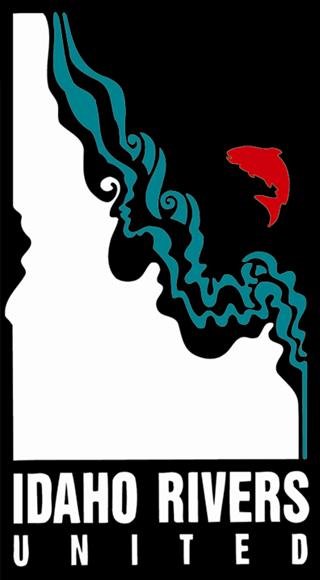Midas Gold offers short-term gain for long-term loss
By Earl Dodds
The Thompason Creek Mine's tailings dam is an indication of the kind of environmental damage open-pit mining can inflict.
I think that the Stibnite Gold Mine project is a classic case of “Short Term Gain versus Long Term Loss." Several hundred jobs for a period of 20 years versus the long-term loss (maybe forever) of an irreplaceable public resource: the Salmon River.
I am reminded of the biblical story of Jacob and Esau. Esau came home from a long day in the fields, tired and hungry. His brother Jacob sold him a bowl of pottage in exchange for his birthright. And that is what Midas is proposing to do to us--exchange our birthright to a irreplaceable public resource for a comparatively short period of jobs. Not a good deal!
We are currently addressing the permitting process for the Stibnite Gold Mine by means of preparation of an Environmental Impact Statement (EIS) as required by the National Environmental Policy Act (NEPA). This is the critical federal law that empowers local communities to protect themselves and their environment from poorly planned projects on federal lands.
In the case of Stibnite, Midas Gold's proposal for a large-scale, open pit, sulfide-ore gold mine in the headwaters of the South Fork of the Salmon River deserves careful review under NEPA. A federal decision about whether or not to permit a mine is not made for today alone but for people living thousands of years from now.
The Salmon River is one of the invaluable resources that make Idaho what it is. It is part of our legacy and is too great to put in jeopardy by a gold mine that has a high probability of polluting the river with mine waste and killing fish.
This proposal must receive serious attention by city councils and county commissions in the west central mountains region. It is my recommendation that we not rush into approval of Midas Gold's request for endorsement, but call for public review of the entire project before giving a green light to a proposal that could affect the long-term health of one of Idaho’s crown jewels, as well as a national treasure.
Please don’t give away our birthright for a bowl of pottage!
Earl Dodds served as the Big Creek District Ranger on the Payette National Forest for over 25 years from 1958 until his retirement in 1984. In his retirement he has written a collection of short stories related to his experiences as a “back county” district ranger.
Cover photo of the South Fork Salmon by Dan Patrinellis


